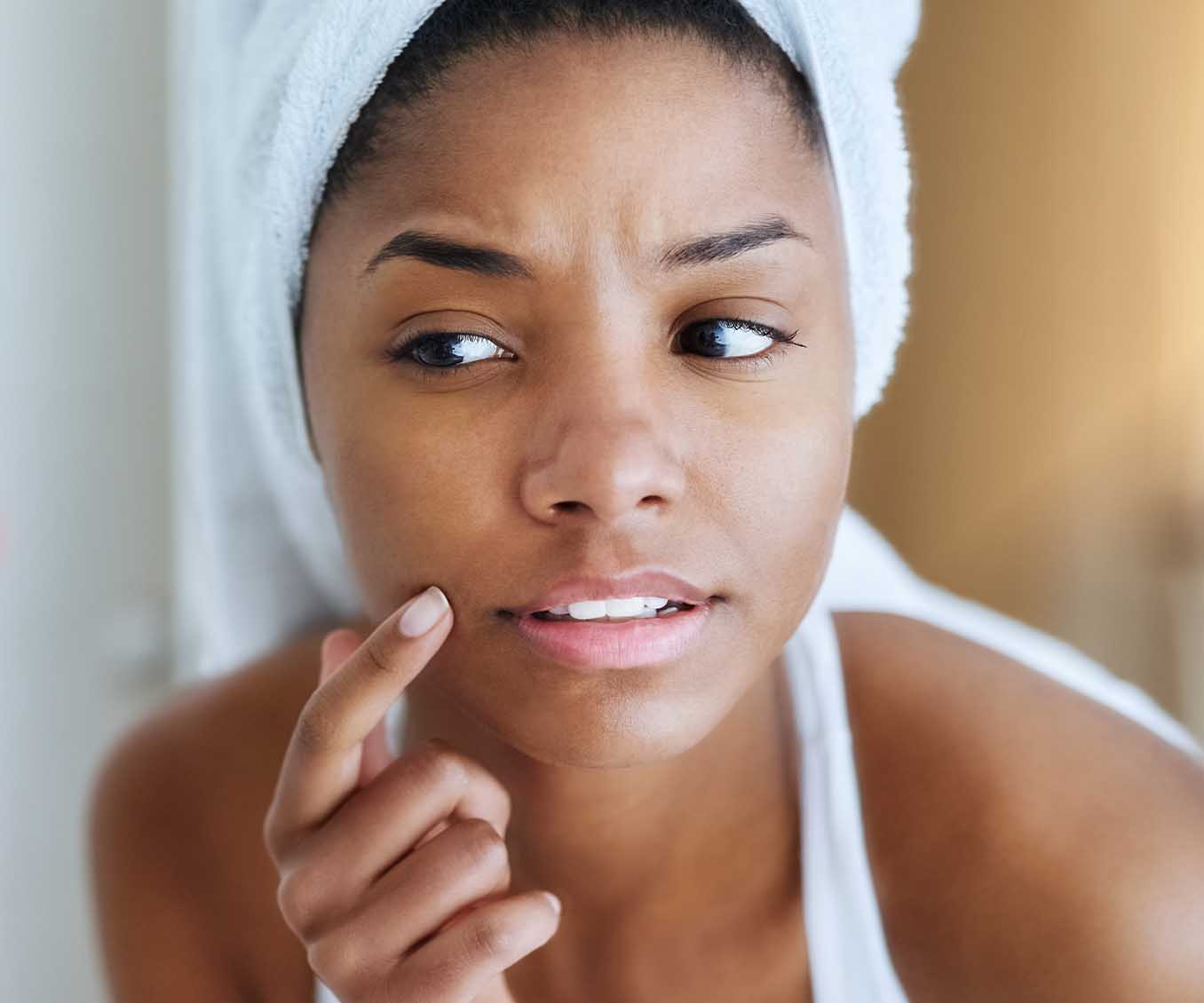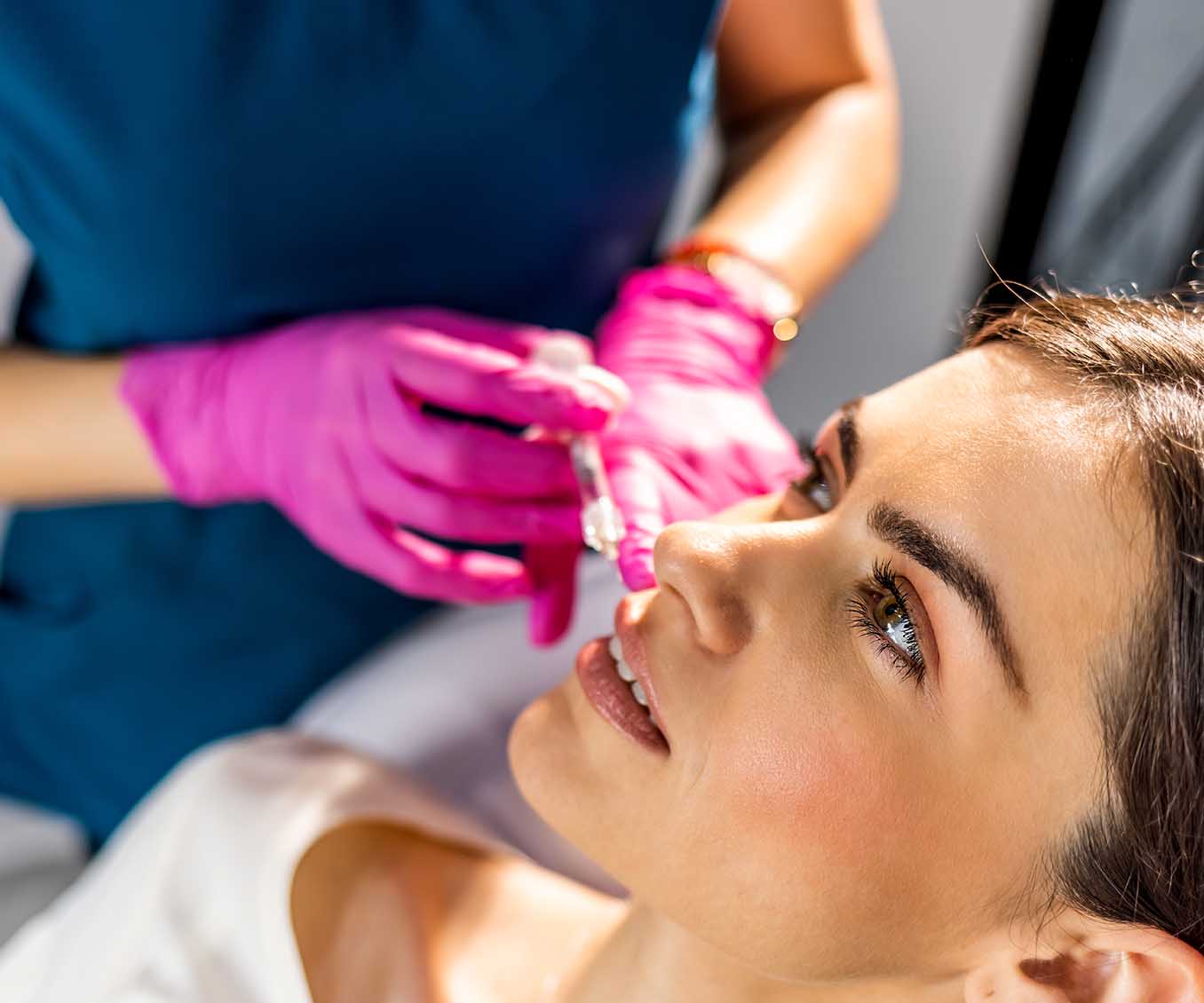Dr ST Medical Aesthetics Clinic
Give yourself a less aged, less tired appearance, by reducing lower face folds

Are you concerned about the appearance of deep lines and wrinkles that have formed around the nose and mouth area? Nasolabial folds can become more pronounced with age, causing a tired or aged appearance that you might wish you could reduce. Fillers can help to plump up and smooth out these lines, restoring a more youthful look, giving you a refreshed appearance.
Book appointmentWhy choose
Dr Taj
Our experienced and knowledgeable clinician will provide you with a personalised treatment plan that will effectively address your nasolabial folds. She keeps up with the latest advancements in cosmetic procedures, ensuring that she utilises the most innovative techniques and high-quality Juvederm fillers.

Nasolabial folds
Frequently asked questions
Nasolabial folds are the natural creases that run from the sides of the nose to the corners of the mouth. These lines become more pronounced with age due to several factors. As we grow older, our skin loses elasticity and collagen, causing it to sag. Additionally, repetitive facial movements, like smiling and laughing, contribute to their formation. Sun exposure, smoking, and genetics also play roles in how prominent these folds become.
When injected beneath the skin to plump the area, fillers physically lift and smooth the folds. This volumising effect not only fills the creases but also stimulates collagen production, providing both immediate and long-term improvements in the appearance of nasolabial folds.
It should take just 30 to 60 minutes.
Patients typically experience a reduction in the appearance of their nasolabial lines straight away, with full effects visible within a week. Deep creases should be softened, lost volume restored, and a more youthful appearance achieved.. Most people enjoy their smoother, rejuvenated appearance for 6-12 months before they need to top-up.
Dermal filler injections tend to cause only minimal discomfort. To enhance your comfort, our clinician may use a topical numbing cream for sensitive areas. While individual experiences vary, the procedure is generally well-tolerated, with any mild soreness subsiding quickly.







